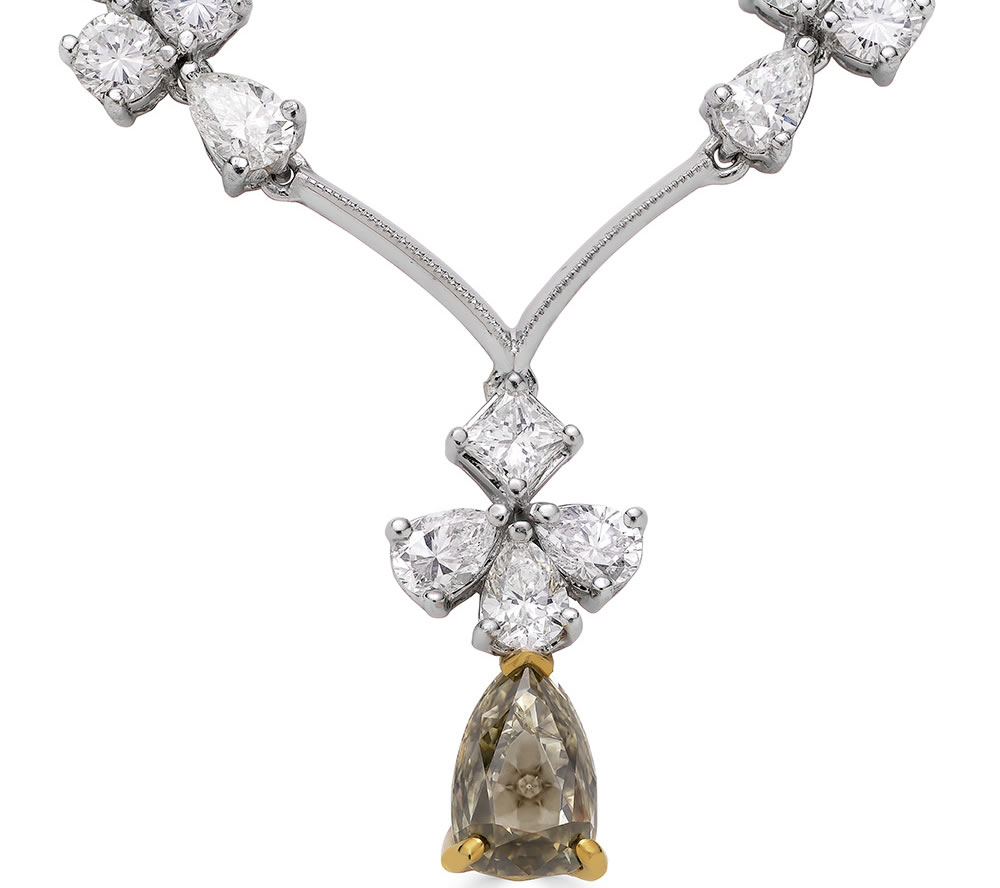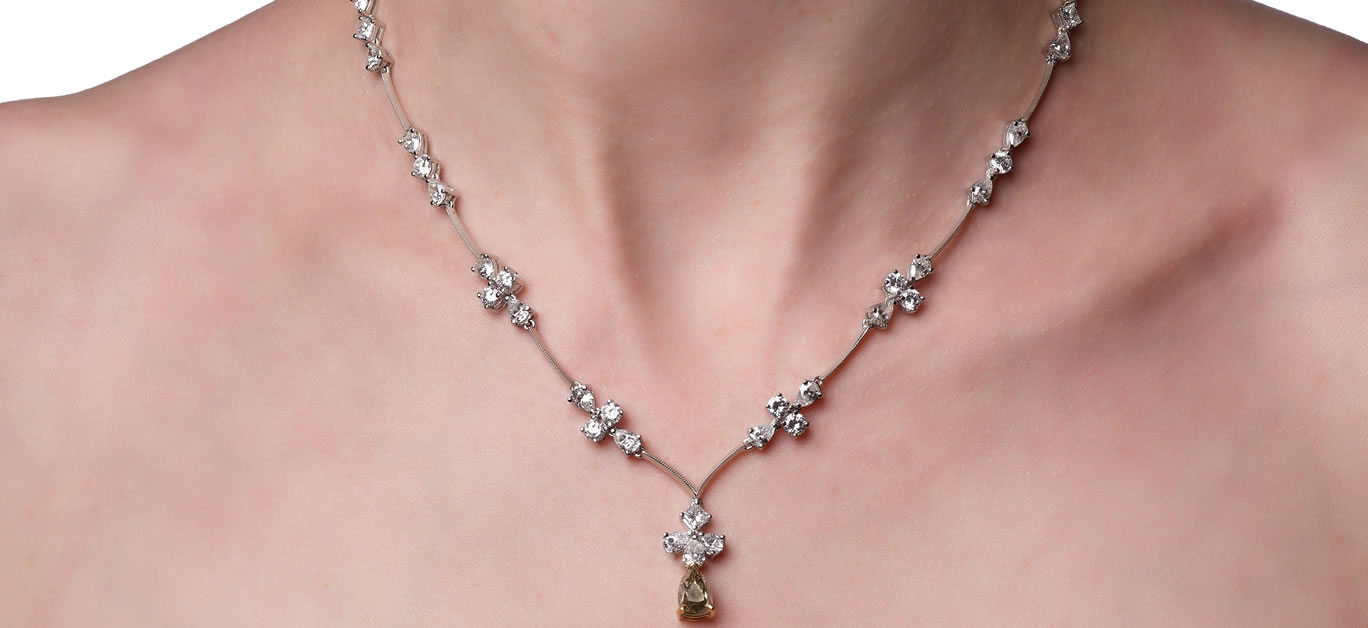It is known as the “Flower Diamond,” and is the only one of its kind around the world! And now this precious “Flower Diamond” could be yours.
What uniquely sets it apart from every other diamond is a six-petaled flower inclusion, created by nature, in the heart of the stone. This flower inclusion is not only six-petaled but perfectly symmetrical. And, almost beyond belief, at the flower’s center is a smaller flower. To fully appreciate its intrinsic value, the “Flower Diamond” must be seen with your own eyes.
Gemologist John P. Humbert, while in Brazil on a gem buying expedition, heard about an unusual uncut diamond. Humbert, being curious, sought out the Brazilian miner who had found the stone in the jungle of Minas Gerais. Upon examination of the rough diamond, Humbert believed he saw a flower-shaped object inside the diamond and decided that buying it was a chance he must take. His gamble turned out to be the find of a lifetime.

Humbert, upon returning to the United States, had the diamond studied for more than a year by the Gemology Institute of America in both New York City and California, as well as The Gemmological Association and Gem Testing Laboratory of Great Britain. This rough diamond of 6.23 carats was finally carefully cut into a pear-shaped, modified brilliant 3.02 carat stone. The flower inclusion lies within the center of the diamond. At present, the diamond is center-set in a pendant hung on a platinum necklace containing 32 additional carats of diamonds.
“Of course, other than a necklace, there is a myriad of ways that a diamond of this quality could be presented, according to one’s taste and style,” says Humbert.
Also extensively included in this process was Wuyi Wang and Wendi Wayerson of the Laboratory in New York. They followed every step of its development and it has been graded by the GIA as a fancy brown-greenish diamond. Humbert describes it as more greenish to the eye and others who have seen it readily agree.

As far as clarity is concerned, Humbert explains that “the clarity of any gemstone depends on the number and type of inclusions the stone features. Inclusions are small imperfections created due to the extreme pressure and heat the diamonds experience when they form”.
Humbert continues: “In most circumstances, a diamond can become more valuable when it is re-cut to remove an inclusion, therefore improving the clarity. But in this case, the unique inclusion (a hydrogen cloud made of microscopic gas bubbles) is what makes this diamond one of the rarest creations ever and thus significantly increases its value.”
Humbert has over 25 years as a diamond cutter and jeweler experience and has extensively worked with the Geological Institute of America in New York, where he worked with individuals from around the world on a cut grade. His jewelry business, Sterling Promise Inc., is based in New York City and Tuckerton, New Jersey.

Humbert’s team of experts comes from a range of different backgrounds and services provided by Sterling Promise Inc. are numerous, such as custom designs, handmade settings, updating appraisals, laser repairs, and a vast selection of jewelry for all occasions. Without exception, however, the “Flower Diamond” is the ultimate “wow” attraction for customers.
Recently unveiled to the public, the “Flower Diamond” has received considerable attention from potential buyers. Sterling Promise, Inc. is currently receiving inquiries and considering purchase offers.
Nothing like the “Flower Diamond” has ever been seen before, and it’s very unlikely such a treasure will ever be seen again.






















